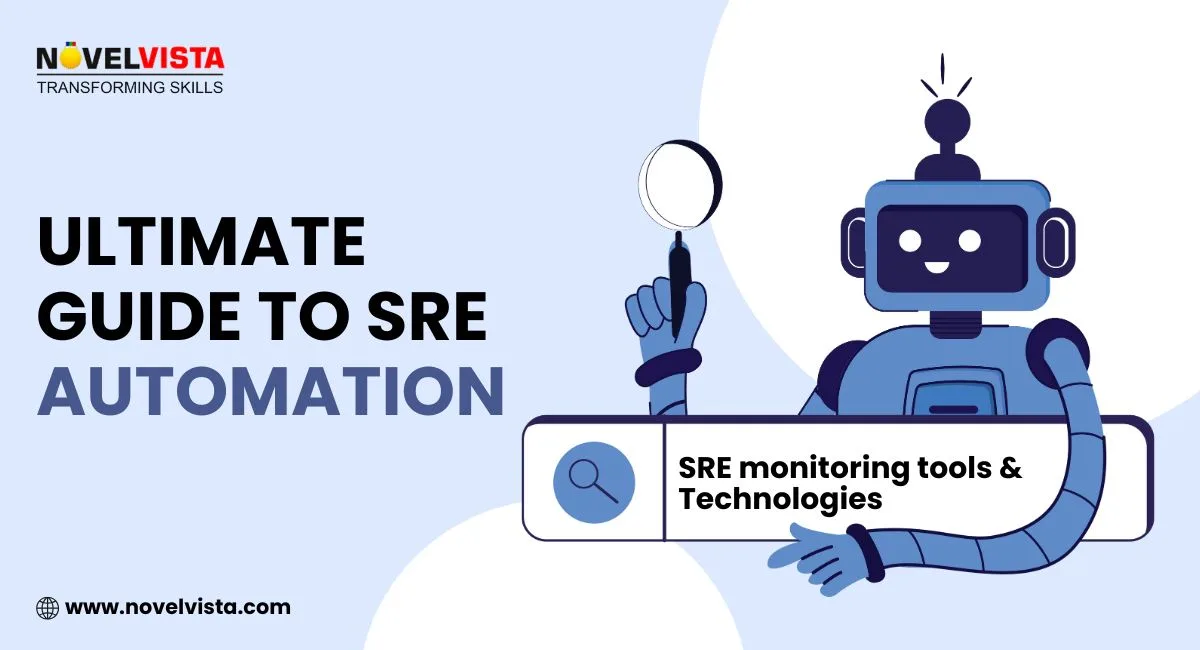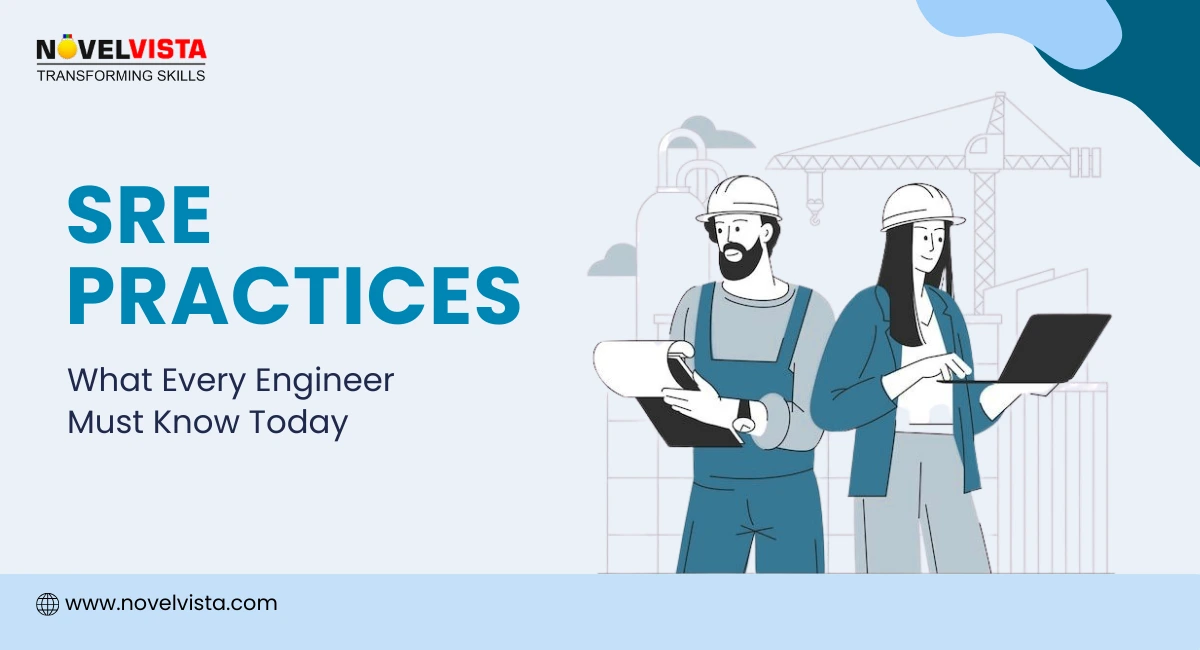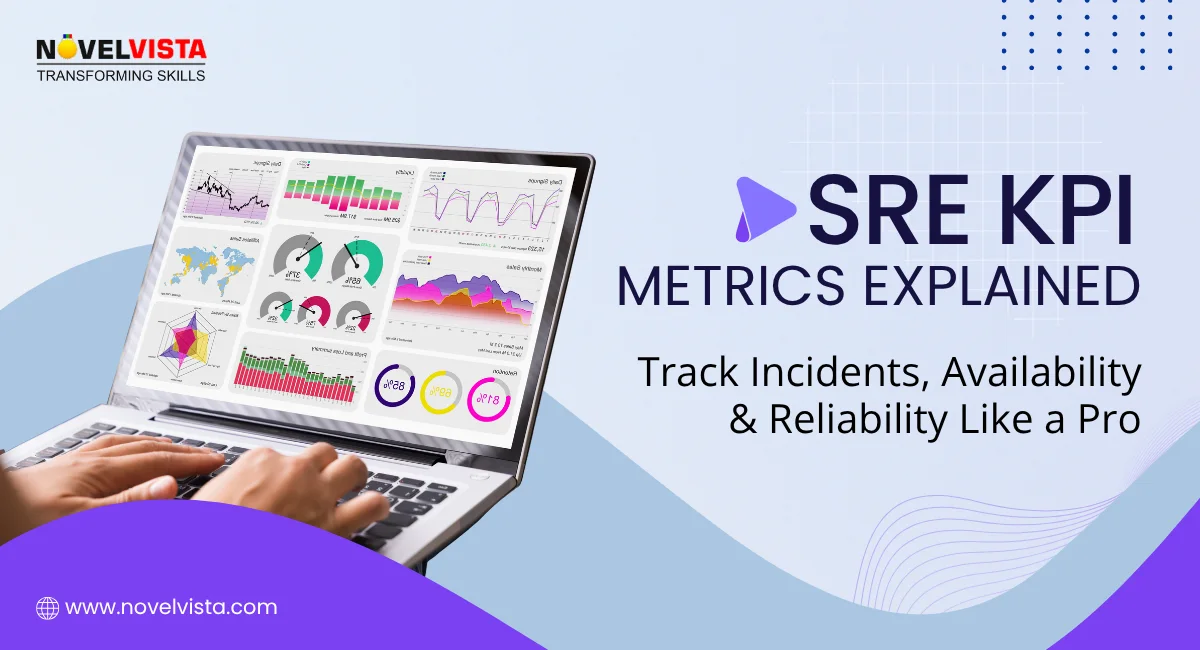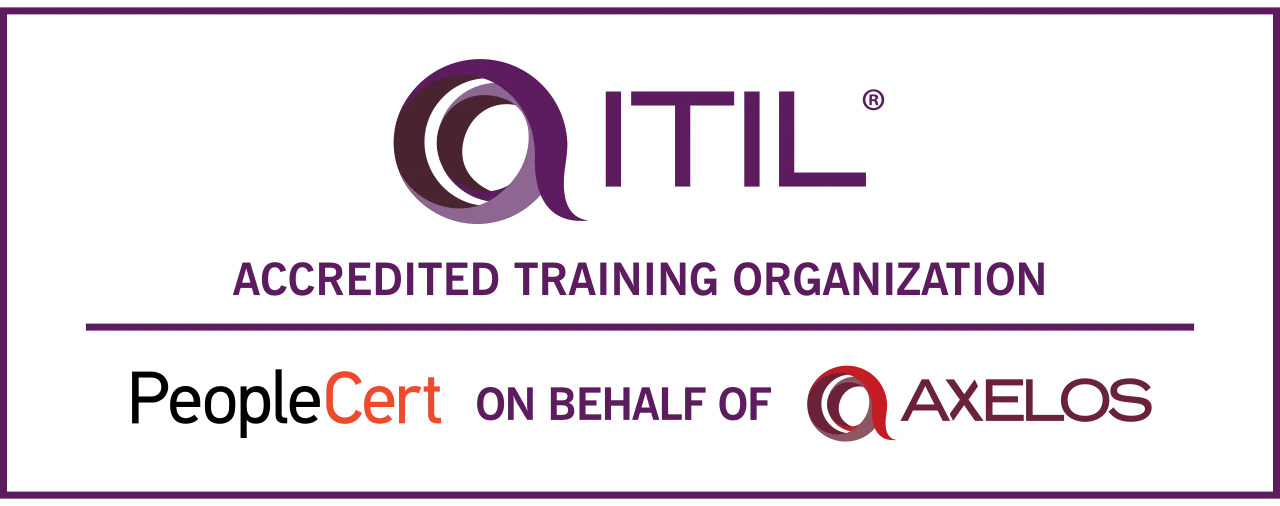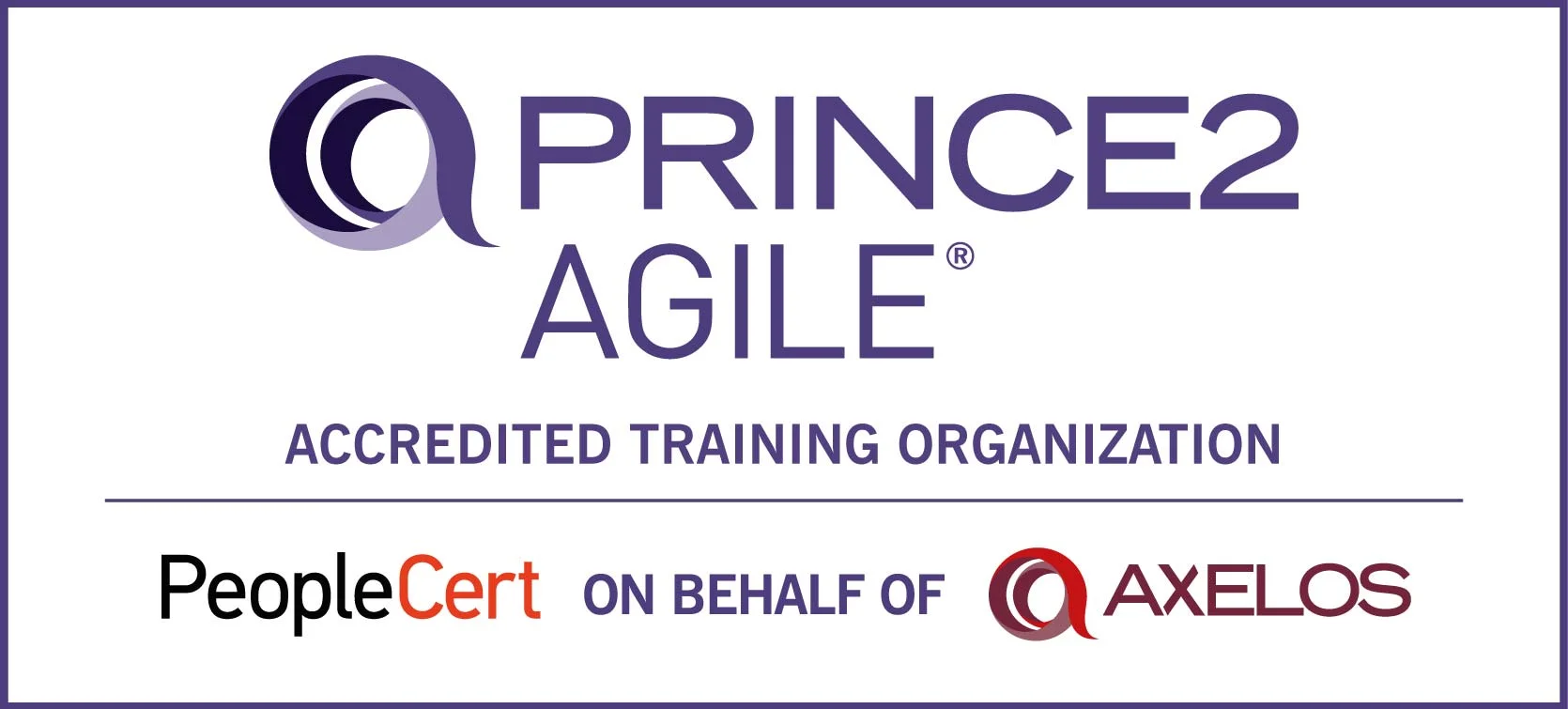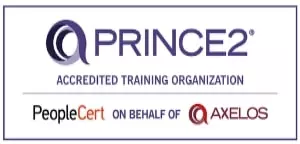“Automation is essential for SREs, but here’s the shocking truth: 92% of SREs say automation is their top skill, yet only 18% have fully automated their operations.” This significant gap between intent and reality is hindering reliability and innovation across teams.
Are you one of those SREs still bogged down by repetitive, manual toil? If so, you’re not alone. Many SREs struggle to scale reliability effectively because they’re stuck performing the same tasks repeatedly. The good news? Automation is the answer, and in this post, we’ll show you why it’s the backbone of modern SRE Technology, how to start automating smarter, and how to shift from doing more to orchestrating better.
TL;DR Summary
Key Takeaways:
- Automation is essential for reducing manual toil and meeting SLOs (Service Level Objectives).
- SRE automation: incident response, CI/CD, infrastructure, and observability.
- Risks exist; automation must be purposeful to avoid pitfalls.
- Use our “SRE Automation Tools Readiness Checklist” to map your automation journey.
- NovelVista offers expert guidance, tooling, and workshops to support your automation goals.
Why Automation Is Non-Negotiable for SRE
Reducing Toil → More Strategic Focus
Imagine spending less time on repetitive tasks and more time driving innovation. Automation frees up your time to focus on strategic problem-solving rather than manual, error-prone processes. SREs can finally direct their energy toward improving systems, optimizing performance, and shaping future plans rather than being trapped in a cycle of “doing more” without moving forward.
Consistency and Reliability at Scale (Google SRE Best Practices)
One of the biggest advantages of automation is achieving consistency. According to Google’s SRE practices, automated systems deliver more reliable and scalable services. With automation, you can apply the same standards and checks across all environments, whether it's for deployment pipelines, incident management, or scaling infrastructure. This consistency reduces human error and ensures that systems operate reliably, regardless of complexity or size.
Faster Incident Response & Lower MTTR (Efficiency Proof)
Did you know that automated incident response can significantly lower Mean Time to Recovery (MTTR)? By automating incident detection, playbooks, and remediation, teams can respond faster, fix issues quicker, and get systems back online with minimal downtime. The result? Better service availability and a more agile operation that’s constantly improving.
Quick Fact
92% Prioritize Automation, but Only 18% Are Fully Automated
Automation is clearly a priority for SREs; in fact, 92% of SREs list it as one of their top SRE Engineer Skills & Requirements. But here’s the catch: only 18% of teams have fully automated their processes. Why this massive gap? There’s a lack of clear guidance on where to start, how to manage automation projects, and how to integrate them into the day-to-day work of the team.
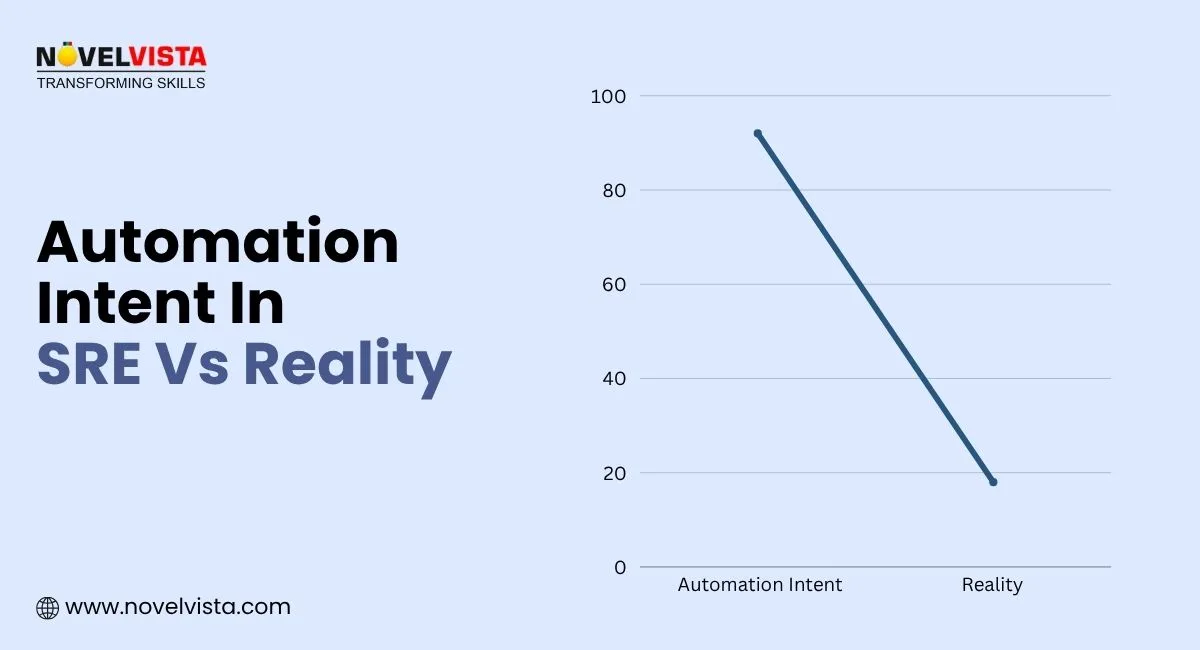
Critical SRE Automation Use Cases
CI/CD Pipelines (Jenkins, GitLab CI)
Automation in CI/CD pipelines accelerates the software delivery process by automatically building, testing, and deploying applications. SRE monitoring tools like Jenkins and GitLab CI help streamline deployment workflows, reduce errors, and ensure faster time-to-market for new features. SREs can focus on optimizing pipeline performance rather than managing manual deployments.
Auto-scaling & IaC (Terraform, Kubernetes Auto-Scale)
With Infrastructure as Code (IaC) tools like Terraform and Kubernetes, SREs can automate scaling based on real-time demand. These tools enable seamless scaling and provisioning, ensuring resources are allocated efficiently and that your infrastructure is always aligned with current needs.
Automated Incident Response (Playbooks, Remediations)
Automating incident response with playbooks and remediations ensures that issues are handled quickly and consistently. Whether it’s automatically triggering a rollback or scaling infrastructure to prevent downtime, automation minimizes MTTR and reduces human error during critical incidents.
Alerting and Observability Workflows
Automated alerting ensures that SRE technology and monitoring tools are notified in real time about system failures, without having to sift through data manually. Integrating observability tools like Prometheus and Grafana into automated workflows helps teams visualize system health, performance, and availability, so they can act swiftly before issues escalate.
Pitfalls of Thoughtless Automation
Over-engineering/Cascade Failures
While automation is incredibly beneficial, over-engineering can lead to cascade failures. If automation is applied to the wrong processes or without proper testing, it can create new problems that escalate quickly. It’s important to identify the right tasks for automation and avoid automating without a clear strategy.
Maintenance Overhead
SRE monitoring tools need to be maintained and updated, which can add overhead if not managed properly. Automation workflows can become cumbersome if not regularly reviewed and adjusted to meet new business needs or to integrate new tools.
Losing System Understanding (“Black Box” Syndrome)
One major risk of automation is the loss of insight into how systems are functioning. Relying too heavily on automation can result in a "black box" syndrome, where SREs no longer understand how specific systems work, leading to potential misdiagnosis of issues.
How to Build a Smart Automation Roadmap
Identify Repetitive, High-Toil Tasks
The first step in building an effective automation roadmap is to identify the tasks that consume the most time. Look for the high-toil tasks, those that require manual intervention, are prone to error, and have a high impact on efficiency.
Prioritize by Impact & Risk
Once you’ve identified potential automation tasks, prioritize them based on impact and risk. Automate the processes that will bring the most value to the team, and tackle the most repetitive or most error-prone tasks first.
Start Small, Iterate
Don’t try to automate everything at once. Start with one or two key areas and build from there. Iterate on your automations over time. This is a journey, not a one-off task.
SRE Automation Readiness Checklist
Find out if your team is ready to automate and unlock faster, smarter, and more reliable operations.
How NovelVista Empowers SRE Automation
We understand the challenges and opportunities that come with automation in Site Reliability Engineering. Here’s how NovelVista can support your journey:
Expert-led Workshops
Our workshops cover automation design, Infrastructure as Code (IaC), and observability, helping you build the foundation needed for successful SRE automation strategies.
Templates, Playbooks, and Code Snippets
We offer ready-to-use templates, playbooks, and code snippets to help you automate faster and more efficiently. These resources are designed for easy integration into your existing workflows.
Custom Mentoring to Align Automation with Your SLIs/SLOs
Our mentoring services ensure that your automation goals align with your SLIs (Service Level Indicators) and SLOs (Service Level Objectives), making sure your automation efforts support your reliability goals.
Ongoing Community & Peer Sessions
Learning from others is key to mastering automation. NovelVista’s community and peer sessions allow you to share experiences, gain insights, and stay on top of best practices.
Measuring Success: KPIs That Matter
% Automation Coverage by Task Type
One of the first ways to measure your automation progress is by tracking what percentage of your tasks are automated. This gives you a clear benchmark for your automation journey and helps identify areas where further investment is needed. Tracking automation coverage by task type, whether it's incident response, CI/CD, or infrastructure management, can guide SRE jobs & Career Growth your next steps.
MTTR Before/After Automation
Mean Time to Recovery (MTTR) is a critical metric for understanding how quickly your team can recover from incidents. By comparing your MTTR before and after implementing automation, you can clearly measure the effectiveness of your automated processes. If automation is working as expected, your MTTR should be lower, as automated incident responses help to resolve issues faster and more consistently.
Toil Hours Saved
Toil is the repetitive work that doesn’t add value. It’s the work that SREs are stuck doing because there’s no better way around it. By automating toil-heavy tasks, you can track hours saved and show the value of your automation efforts. Fewer hours spent on manual tasks means more time for strategic work, improving overall productivity and efficiency.
Developer Velocity Improvements
When SRE teams automate key workflows, developer velocity tends to improve. Automation allows developers to focus on writing code and building features, rather than getting bogged down in operational tasks. Measure the rate of deployment and speed of feature delivery before and after implementing automation to see if the changes made a tangible impact.
Action Plan
Ready to embrace SRE automation? Here’s a simple action plan to get started:
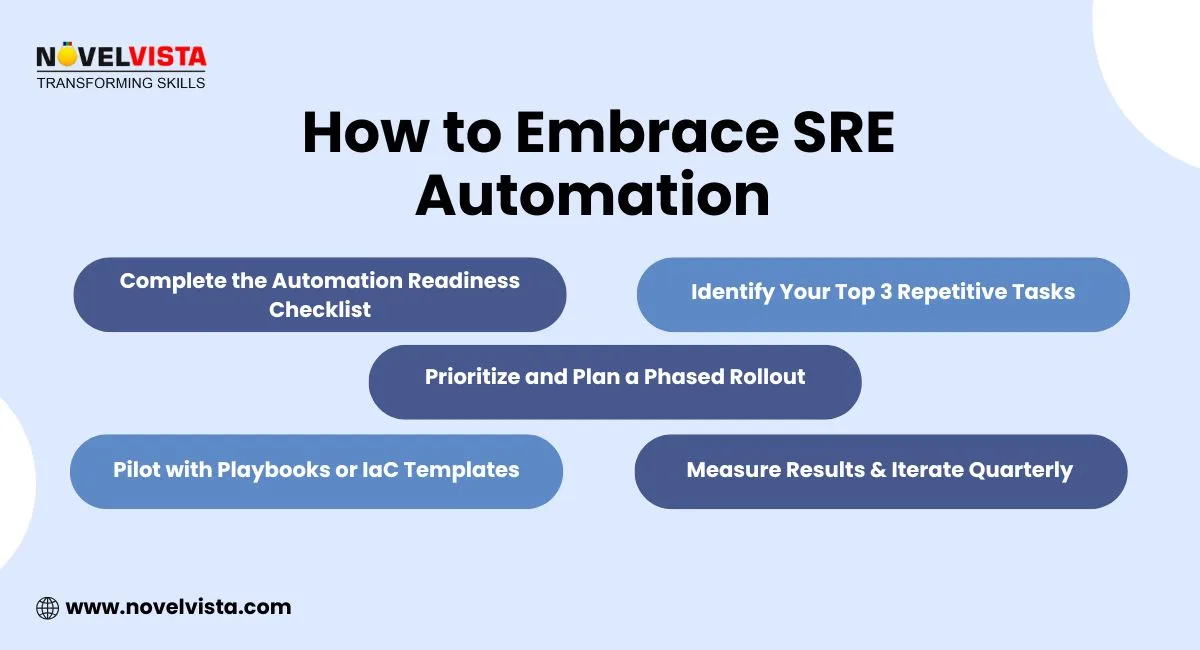
- Complete the Automation Readiness Checklist: Download our “SRE Automation Readiness Checklist & Prioritization Tool” to assess your current state and identify where automation will provide the most value.
- Identify Your Top 3 Repetitive Tasks: Start with the tasks that take up the most time and provide the least value; these are the perfect candidates for automation.
- Prioritize and Plan a Phased Rollout: Don’t try to automate everything at once. Focus on high-impact, low-risk tasks, and gradually scale your automation efforts.
- Pilot with Playbooks or IaC Templates: Implement automation through playbooks for incident response or IaC templates for infrastructure management. Testing these small automations will help you build momentum.
- Measure Results & Iterate Quarterly: Keep track of key metrics like MTTR, toil hours saved, and automation coverage to evaluate the impact of your automation. Continuously iterate to improve and expand automation efforts.
Final Takeaway
Automation isn’t just a tool; it’s the foundation of modern SRE. When done right, it liberates your team from repetitive toil, strengthens system reliability, and accelerates innovation. Start small, measure your impact, and let automation grow alongside your ambitions. The journey from manual to automated is a crucial step in improving your team’s efficiency and ability to scale.
Ready to Level Up Your SRE Skills?
Take the first step towards mastering SRE automation with NovelVista’s SRE Foundation Certification. Enroll now and start automating smarter, faster, and more efficiently!Frequently Asked Questions
Author Details

Vaibhav Umarvaishya
Cloud Engineer | Solution Architect
As a Cloud Engineer and AWS Solutions Architect Associate at NovelVista, I specialized in designing and deploying scalable and fault-tolerant systems on AWS. My responsibilities included selecting suitable AWS services based on specific requirements, managing AWS costs, and implementing best practices for security. I also played a pivotal role in migrating complex applications to AWS and advising on architectural decisions to optimize cloud deployments.
Confused About Certification?
Get Free Consultation Call

